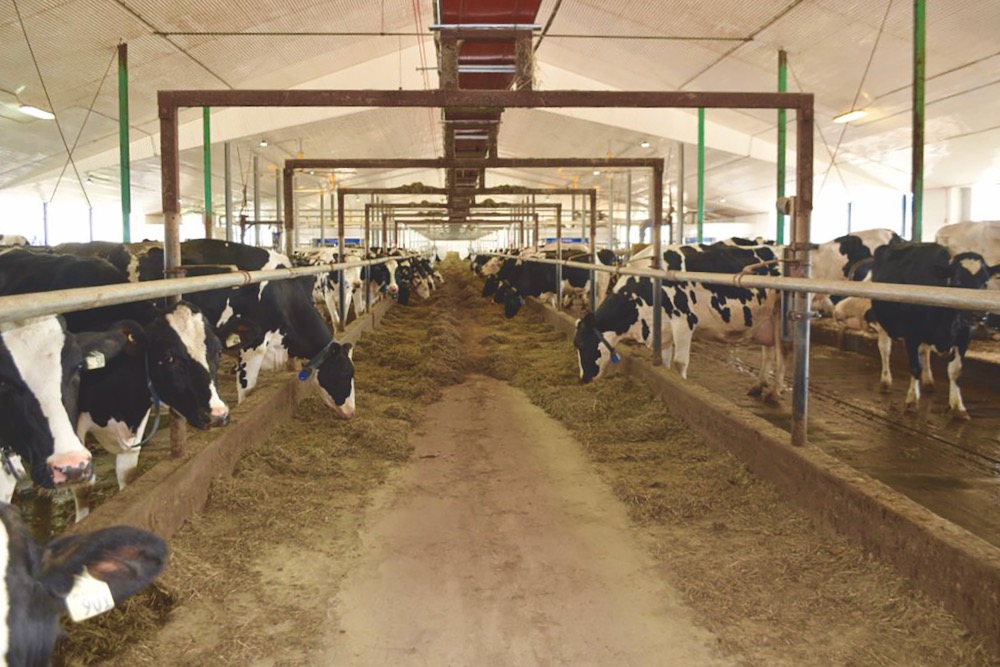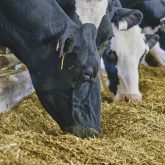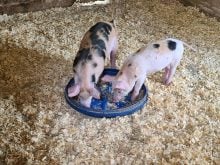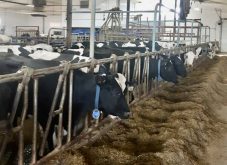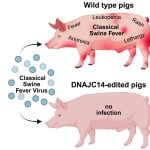Feeding strategies can play an important role in helping dairy farmers in Canada achieve the goal of becoming carbon neutral by 2050, a target set by the Dairy Farmers of Canada.
In the life cycle of dairy farms, nearly 50 per cent of greenhouse gas emissions come from methane of enteric origin, mainly in the rumen.
Why it matters: Reducing methane production on-farm can help dairy farmers reduce the carbon footprint of their operation, but also improve feed efficiency.
Read Also
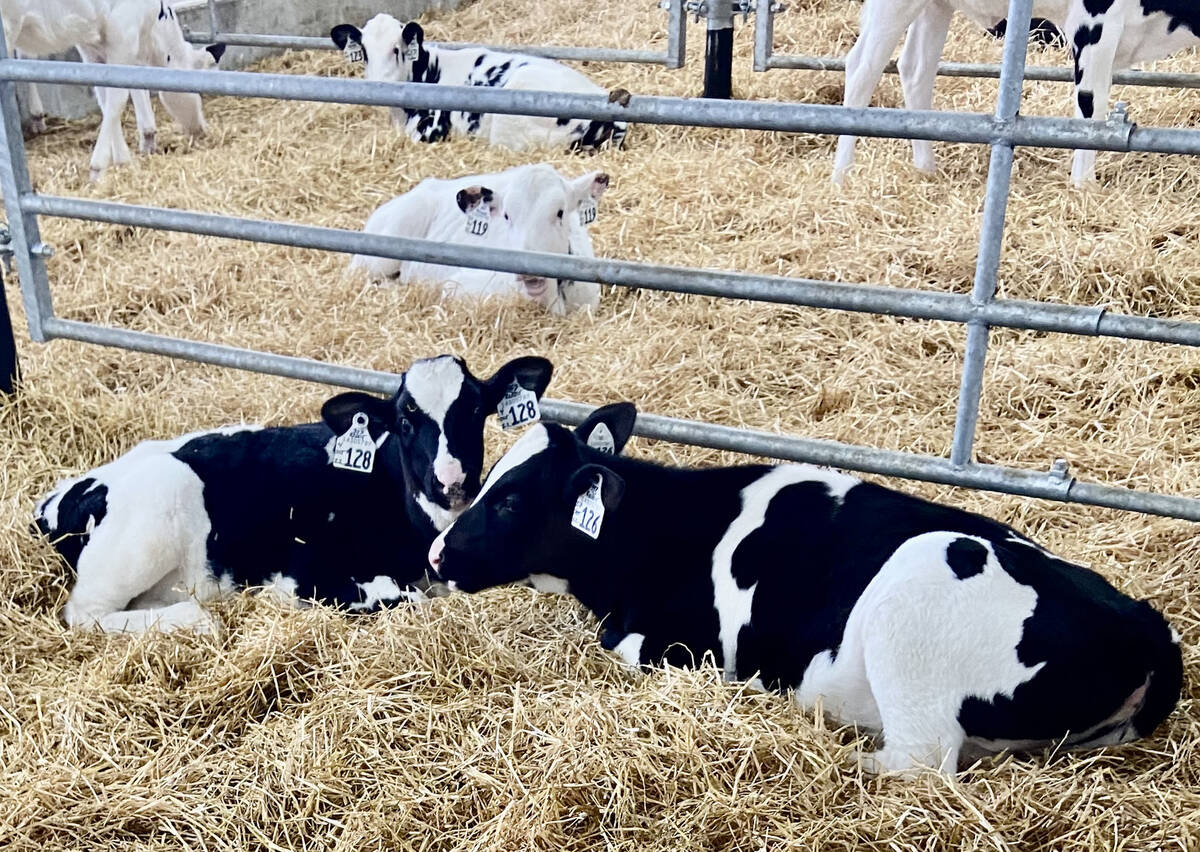
Back to the drawing board for sexed semen fertility ratings
Lactanet, the national genetic evaluation and dairy data provider, goes back to the drawing board with its sexed semen fertility rating index prototype.
What a cow eats can affect the bacterial populations in the rumen, Agriculture and Agri-Food Canada researcher Chaouki Benchaar said during the Virtual Scientific Symposium of the Sherbrooke Research and Development Centre earlier this year. He has been tasked with filling knowledge gaps on methane production and dairy cattle.
Rumen bacterial populations produce volatile fatty acids (VFAs), an energy source for the animal. The trouble is that they also produce methane. Benchaar said that research shows that as the concentration of one particular VFA, propionate, increases, the less methane is emitted. Proprionate formation ‘competes’ with the process that creates methane, known as methanogenesis. Feeding strategies can be used to help alter VFA concentrations, and thereby reduce methane emitted from cows.
Forages
Replacing some grass silage with corn silage or barley silage adds more starch, which favours proprionate production. It also provides more nutrients, improving productivity.
“So we have less methane per unit of milk,” said Benchaar.
Legumes also help reduce methane emissions, compared to grass, since they have less fibre. In addition, they provide more nutrients, which increases milk production.
“But pay attention to the maturity of the legume,” he warned.
Forage quality has an effect on methane emissions. Harvesting at an optimal stage helps to increase milk production.
Addition of lipids
The addition of fat to the ration, in particular unsaturated fat, has a beneficial effect on methane emissions, said Benchaar, because fat has a negative effect on the microorganisms responsible for methanogenesis.
However, adding fat increases feed costs, and can negatively affect milk fat synthesis and fibre digestion. However, he noted that the addition of distillers grains, which contain 16 per cent fat, had a beneficial effect on dry matter intake, milk production and reduction of methane.
Effects on manure
Research has shown these reductions in methane emissions by these strategies were offset by an increase in methane in manure. Researchers wanted to know if it was possible to produce more biogas from these manures and they found that yes, it is possible.
“It shows that biodigestion can also be an option for reducing meth- ane emissions on dairy farms,” Benchaar explained.
Addition of food additives
Some food additives can have an effect on methanogenesis. Of these, 3-NOP has seen the greatest popularity for producers in other countries, as it’s very effective, he said. However, it has not been approved by Health Canada, and it is an additional expense. It also does not increase milk production, he said. He noted social acceptance of a synthetic feed additive may be difficult to achieve.
Use of seaweed
Research on red algae has shown an inhibiting effect on methane production. However, this is accompanied by a reduction in feed intake and consequently in milk production. In addition, the use of this algae is not approved.
It is also a carcinogen at high concentrations and it is very expensive, Benchaar said. It’s also not native to Canada and importing the seaweed would increase dairy’s carbon footprint.
Combination of strategies
Benchaar said that the combination of two dietary strategies may have a greater effect on methane reduction compared to using an individual strategy.
He said as farmers adopt new feeding strategies, it will be important to redo a life cycle analysis to examine the overall benefits.
A version of this article originally appeared in Le Bulletin des agriculteurs.


